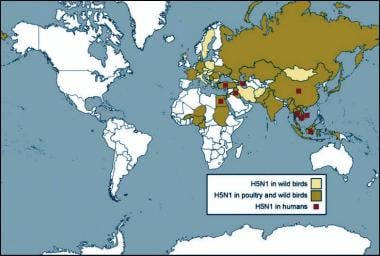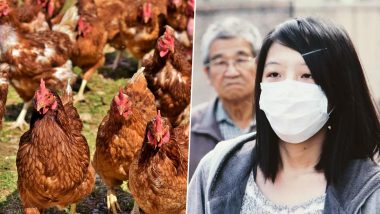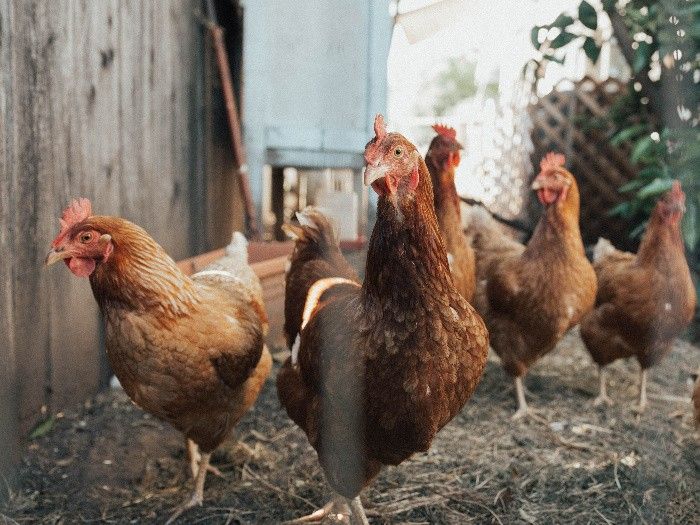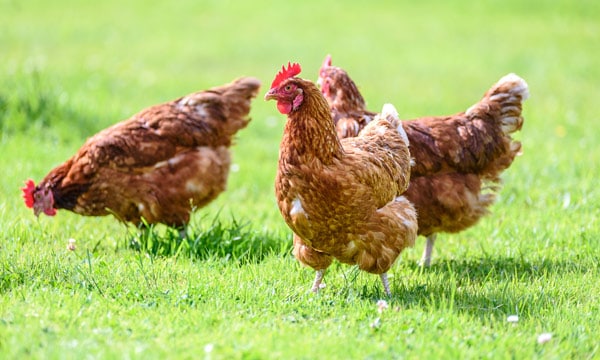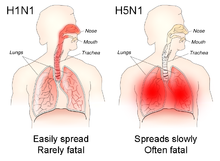H5n1 Bird Flu Origin

An avian influenza h5n1 virus is first isolated from a farmed goose in china.
H5n1 bird flu origin. Genotype z emerged through reassortment in 2002 from earlier highly pathogenic genotypes of h5n1 that first appeared in china in 1996 in birds and in hong kong in 1997 in humans. By 2000 their host range had extended to domestic ducks which played a key role in the genesis of the 2003 04 outbreaks. While h5n1 and h7n9 strains can directly infect humans from birds these viruses have not yet adapted sufficiently to spread from human to human. The first infection occurred in hong kong in 1997.
Although there are several types of bird flu h5n1 was the first avian influenza virus to infect humans. It is often referred to simply as bird flu or avian influenza even though it is only one of many subtypes. The highly pathogenic influenza a virus subtype h5n1 is an emerging avian influenza virus that is causing global concern as a potential pandemic threat. The h5n1 viruses from human infections and the closely related avian viruses isolated in 2004 and 2005 belong to a single genotype often referred to as genotype z.
It is enzootic maintained in the population in many bird populations especially in southeast asia. Asian highly pathogenic avian influenza hpai a h5n1 virus occurs mainly in birds and is highly contagious among them. The outbreak was linked to handling. They could adapt either through random mutations.
H5n1 avian influenza has some of the standard seasonal influenza symptoms such as high fever headache and muscle aches but people quickly become seriously ill and pneumonia difficulty. Flunet a web based flu surveillance tool is launched by who. The epidemic was not due to the introduction. A bird adapted strain of h5n1 called hpai a h5n1 for highly pathogenic avian influenza virus of type a of subtype h5n1 is the highly pathogenic causative agent of h5n1 flu commonly known as avian influenza bird flu.
Like bird flu in 1997 and the sars epidemic of 2002 to 2003 the newest coronavirus has originated in the mainland this time in wuhan most likely in a market where exotic wild animals are sold. The first human infection with an avian influenza a h5n1 virus is identified in hong kong. Asian h5n1 viruses were first detected in domestic geese in southern china in 1996. The virus was first detected in 1996 in geese in china.




